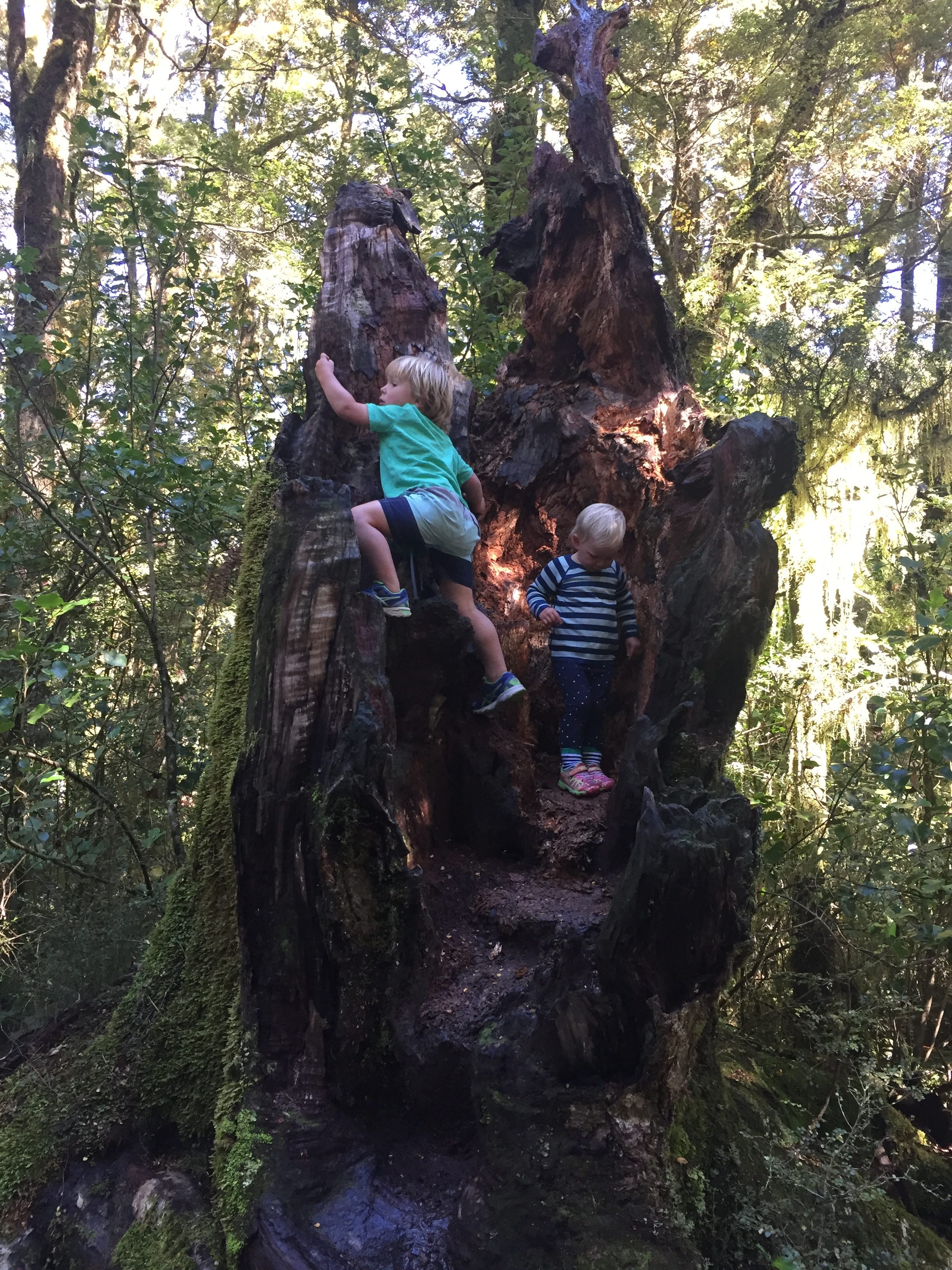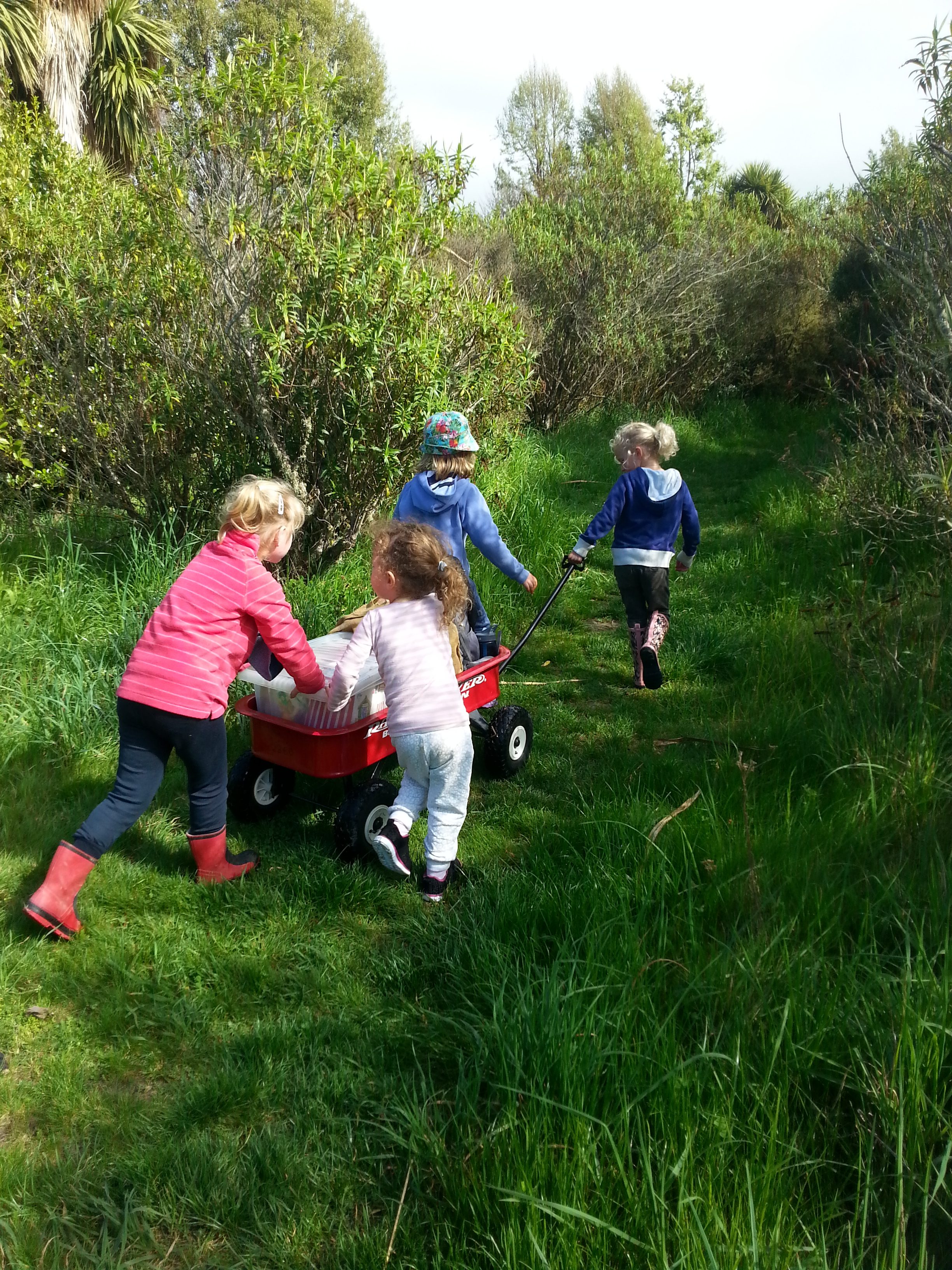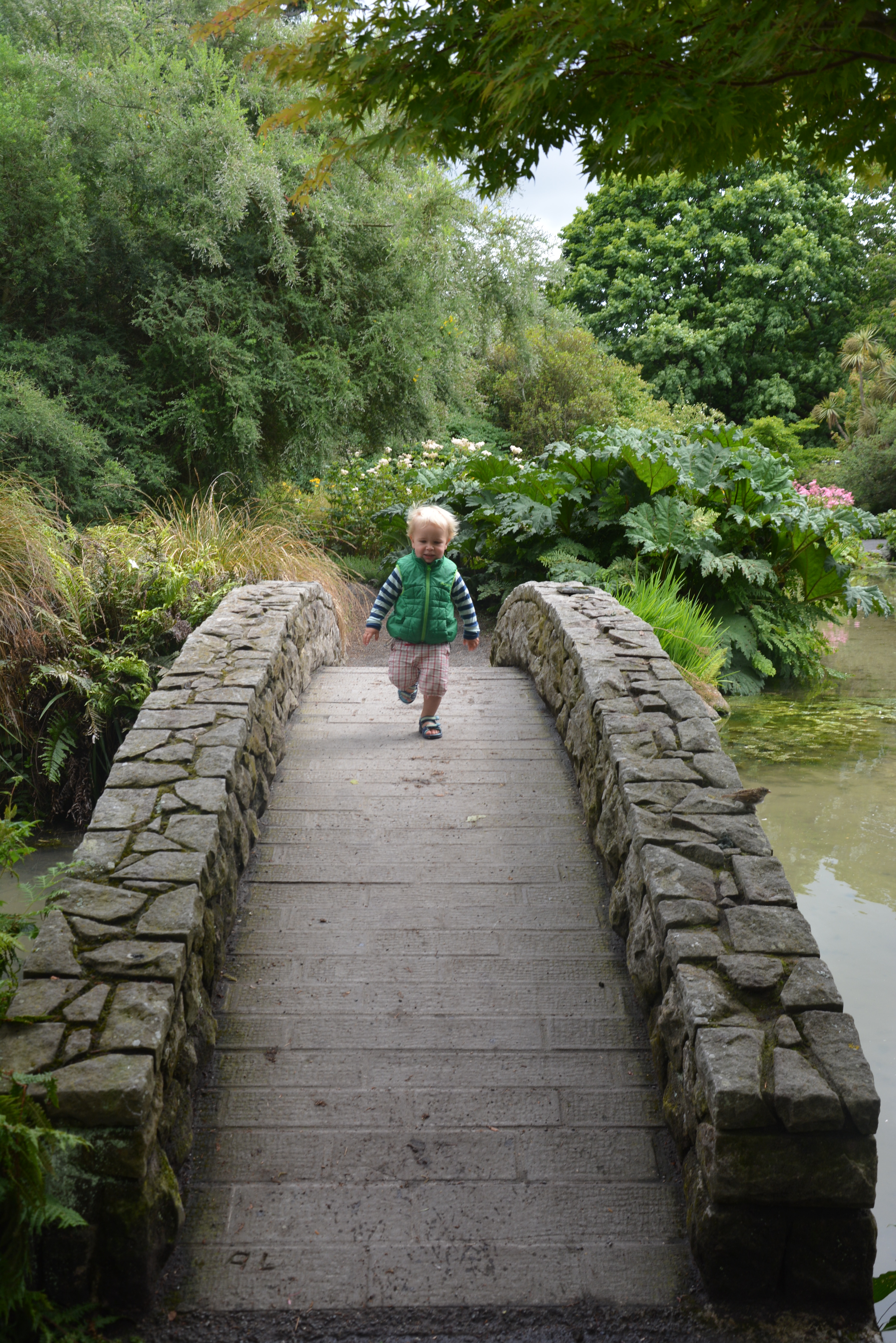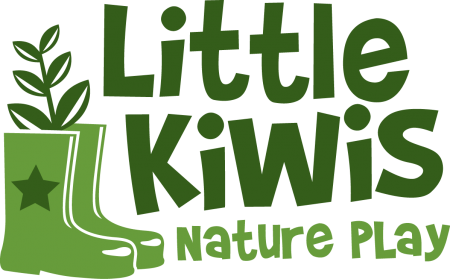NaturePlay Take Childhood Back film and discussion evening.
This page has been set up to cover some of the key points that were discussed and provide you will links to the research and other information that might be useful.
- Equipment – sourcing the right equipment. Fundraising, asking your community to donate spare gumboots, wet weather gear etc, getting loose parts from business parks that have ‘free bins’ on the street.
- Clothing – If you can provide wet weather gear and even thermal layers, socks and gumboots, this removes one of the possible barriers for families. In winter feet get cold especially with gumboots on so make sure socks are thick and not made of cotton as they won’t keep their feet warm enough (especially in the south island)
- Spending time in nature (an individuals without your tamariki) – helps connect and builds confidence.
- Build confidence – visit any excursions sites a couple of times before you take a group there. Explore it and crouch down to a child’s level and you will get a different perspective. The more comfortable/familiar you are the more confident you will feel when you take a group there. If you have your own children you could take them there and see how they play and what they like to explore.
- Professional Development – Have set topics to discuss during your team meetings to help get clearer on your philosophy, visit other centres / schools organisations who are doing it already and observe, invite someone in to come and speak to your teachers about a particular aspect, get an expert in to help you run your first couple of sessions, have a discussion evening with families on the benefits of risk in play.
- Health and Safety / Playground Standards – Question your policies and ask ‘where does it say that in the regulations’, What is actually allowed compared to what your organisations policies say can be very different.
- Health and Safety at work for Early Learning Centres
- Health and Safety at work for Board of Trustees and School Leaders
- Playground standards (can buy at the bottom of this article: balancing-safety-and-risk-at-the-playground
- Blog post that sumarises health and safety act called Tree Climbing and Health and Safety Act
- Parent education – run information evenings, have a private Facebook group or send info out in newsletters that support your philosophy and start to create an awareness with parents and open up discussion around these topics. Make it clear to new parents what your philosophies are and the benefits for children. It is ok to say ‘this centre might not be for you’ if they don’t agree.
- Risk Benefit Model – Change to a risk benefit model, thinking about the benefits and then the risks is a great way to have an open discussion and it also enables a mindset shift that says ‘it’s ok for children to get scratches and bruises and the odd broken bone, there are benefits in that. What we don’t want and what we are trying to prevent is life altering injuries’
- Risk Benefit Assessment form. There are two forms, a pdf and a word version. The former is a worked example, and the latter is blank so you can adapt it to meet the needs of your organisation or pull out pieces and add to your existing documentation. DOWNLOAD the Risk Benefit Assessment Form/s here.
- The ‘bible’ of RBA: Managing Risk in Play Provision: Implementation Guide is some great background reading if you did or didn’t attend this workshop. DOWNLOAD the implementation Guide here.
- Trust the tamariki are capable – Often, we interfere in children’s play when it’s not needed, try to step back and observe along with delaying intervention. Use observation and try and wait 15 seconds before interjecting (use common sense)
- Role model – get out there yourself. Explore, smell, touch, engage, play. Enjoy yourself. Even at home or at your centre lift logs to look for insects, provide materials for making a hut or fort – show them what to do with out telling them – they will see and they will engage if you are excited and happy about what you are doing.
- Local Council / MP’s– Take an active role in providing feedback to council and government. Let them see there is demand and tell them to prioritise children in planning. Contact them and ask how you could work with them in your local community e.g. having a plot at your local community garden, helping develop a natural play area at your local park, tree planting days, river clean up days, adopting a section of river.
- Transition to school – if you are running a nature programme in ECE talk to your families about the importance of it not stopping when they get to school. Encourage them to ask their schools if they have a nature based education programme and if not why not. The more we can get parents advocating the importance of this the easier it will be to bring these programmes into schools.
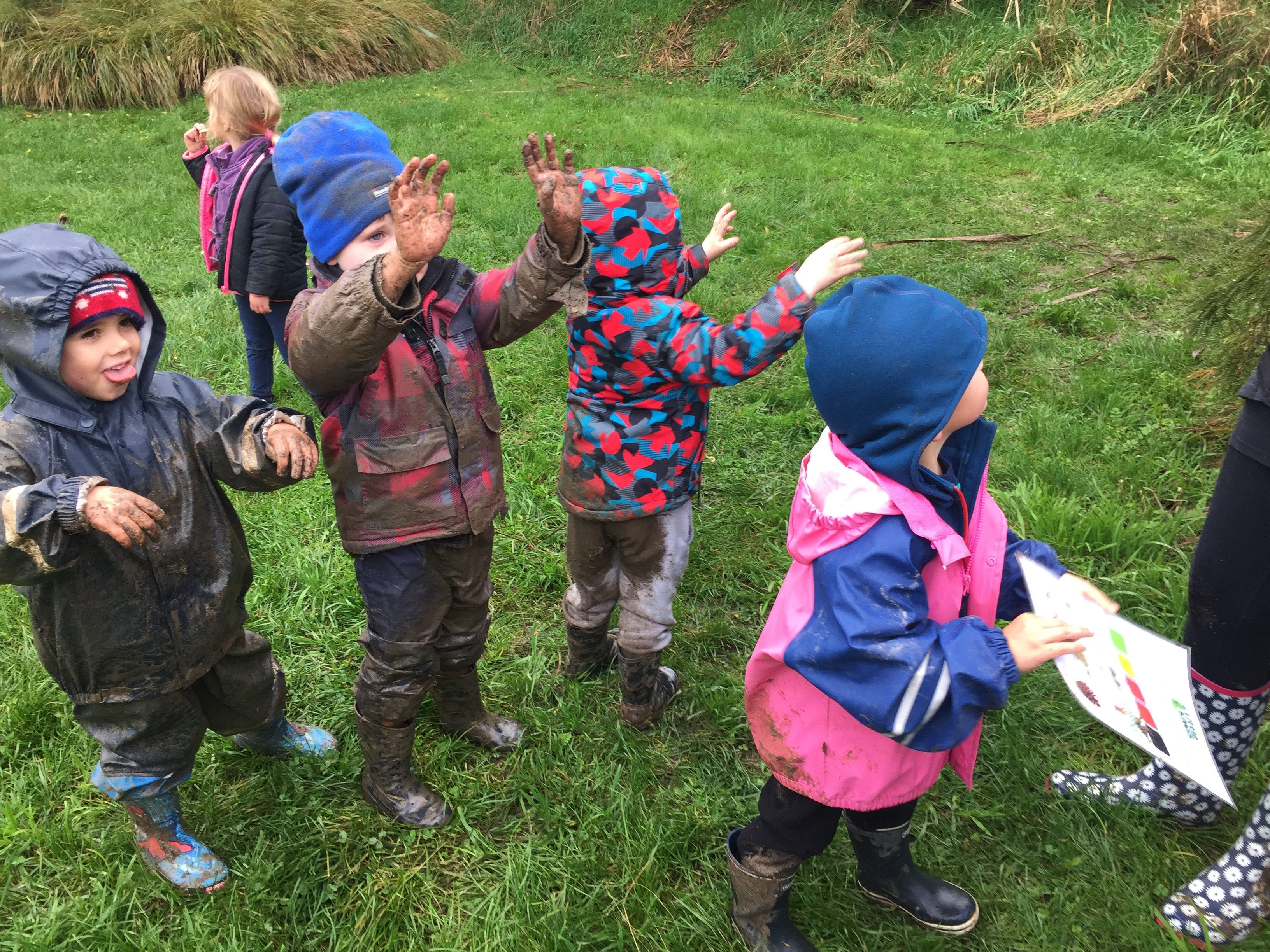
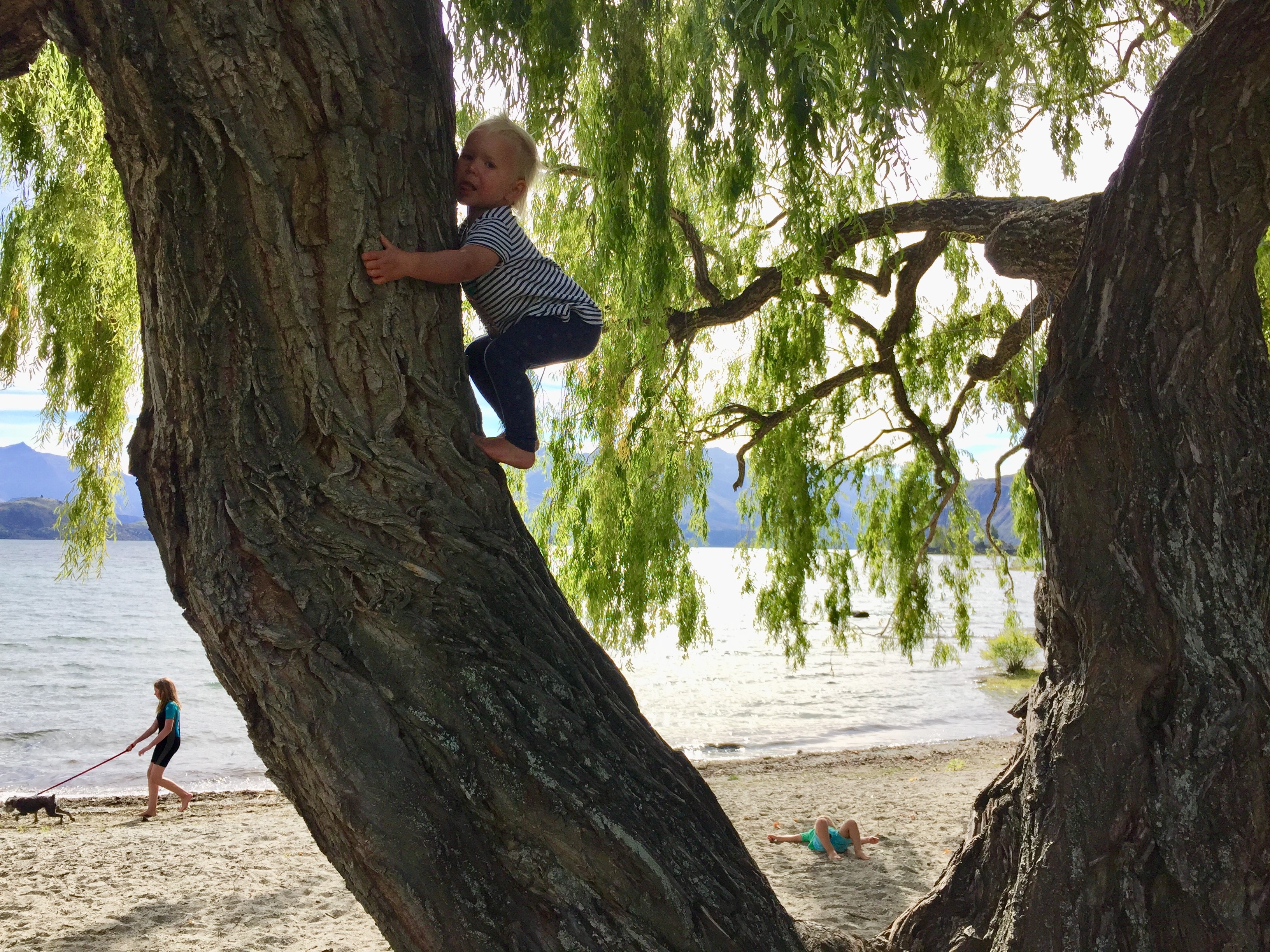
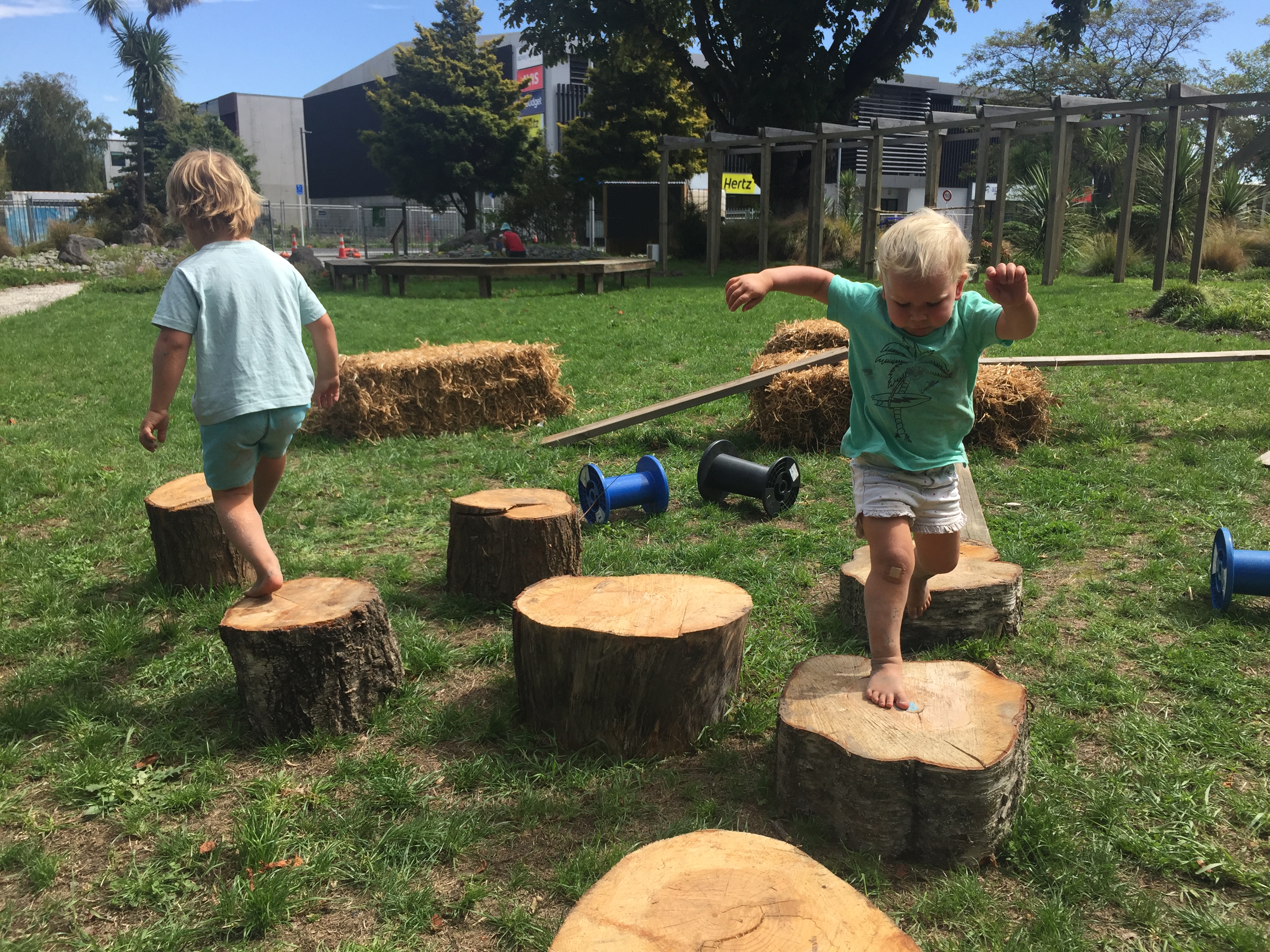
Links to research on play, nature and loose parts play
- Benefits and Research – Back yourself up with the research and the benefits of why you are doing what you are doing. This is especially important if you get challenged by parents and in some cases other teachers or managers. The more conviction you have (backed with the evidence) the more people are likely to listen.
- Mental health, gross and fine motor development, creativity, socialisation skills, emotional intelligence, problem solving.
- During play, a part of the brain called the prefrontal cortex is engaged which has a major role in regulating emotions, problem solving and decision making. Play Makes Children Smarter
- Play, particularly free, unstructured and outdoors is essential for Healthy brain and socioemotional development and in the early years of life is far more important than direct instruction (FROST, 1998; Szalavitz and Perry, 2010)
- Reduces stress. Green plants and vistas reduce stress among highly stressed children. Locations with greater number of plants, greener views, and access to natural play areas show more significant results (Wells and Evans, 2003).
- Nature Supports multiple development domains. Nature is important to children’s development in every major way—intellectually, emotionally, socially, spiritually and physically (Kellert, 2005).
- Nature supports creativity and problem solving. Studies of children in schoolyards found that children engage in more creative forms of play in the green areas. They also played more cooperatively (Bell and Dyment, 2006). Play in nature is especially important for developing capacities for creativity, problem-solving, and intellectual development (Kellert, 2005).
- Improves social relations. Children will be smarter, better able to get along with others, healthier and happier when they have regular opportunities for free and unstructured play in the out-of-doors (Burdette and Whitaker, 2005).
- Access to play improves classroom behaviour and academic performance (Pellegrini and Smith 1998) and enhances their rediness to learn, learning behaviours and ability to problem solve (Ginsburg, 2007)
- Loose parts facilitate communication and negotiation skills when added to an outdoor space (Maxwell, Mitchell and Evans, 2008). Benefits of playing with loose parts include increasing levels of creative and imaginative play, children play co-operatively and socialise more and children are physically more active. (Hyndman, Benson, Ullah and Telford, 2014)
- The opportunity for risk-taking improves children’s competencies in risk management and risk perception. In addition, social skills may be enhanced through opportunities for collaboration with older peers, as children collectively decide and learn how to manage risk. (Bundy et al., 2009)
- Loose parts play research has linked physical activity not only to physical health but also to mental well-being (Ahn & Fedewa, 2011) and academic achievement (Singh, 2012)
- Play actually changes the structure of the developing brain in important ways, strengthening the connections of the neurons (nerve cells) in the prefrontal cortex, the area of the brain considered to be the executive control center responsible for solving problems, making plans and regulating emotions. (journalofplay.com Pellis, Pellis and Himmler 2014) Click Here. Second article click here.
Research carried out by AUT in partnership with Persil
(Duncan and McPhee 2015)
- It is clear that most NZ parents recognise the potential development benefits of real play: climbing trees, using loose objects, riding bikes or scooters, rough-and-tumble, messy play, using adult tools, and (in older children) roaming the neighbourhood unsupervised by adults. While this is a positive finding, our other results showed that these parental beliefs do not necessarily translate into actual real play practices.
- The majority of children do not often participate in a wide range of real play activities; in fact, a reasonable proportion do not engage in real play at all. Clearly, translating generally positive parental perceptions about real play into action is the next challenge we face.
- One of the other findings said that during the school day a majority of children were getting more time to play than they were getting outside of school hours including the weekends.
PROJECT WILD THING SNEAK PREVIEW – The Science of Nature
https://www.youtube.com/watch?v=B2s7XSHlw6o
Screen Addiction – short video
